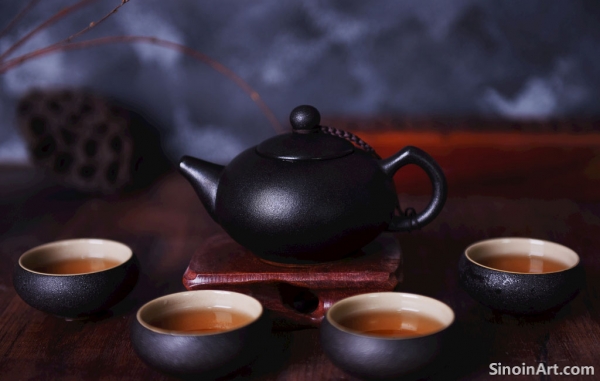The Delicate Art of Green Tea Production in China
|
Chinese green tea is renowned across the globe for its delicate flavors and health benefits. Unlike black tea, green tea is not oxidized, which preserves its fresh and vibrant character. The production process is a meticulous one, involving careful harvesting, processing, and drying techniques that vary widely depending on the region and the specific type of tea. From the mountainous regions to the plains, different climates impart a unique character to each leaf.  The most common methods of processing Chinese green tea include pan-frying, steaming, and sun-drying. Pan-frying, or "shaqing," is popular in Zhejiang and Anhui provinces and is known for its characteristic roasted notes. Steaming is a technique often used in Japan but also has a long tradition in some Chinese tea-growing regions, producing a grassy and vegetal flavor. Sun-drying, the most ancient method, uses the natural energy of the sun to reduce the moisture content of the leaves.  The timing of the harvest is critical. The earliest harvests, known as the "Ming Qian" or "Pre-Qingming" teas, are the most sought-after. These young leaves, picked before the Qingming Festival, are considered the most tender and flavorful. Careful attention is given to the tea buds and leaves when harvested to maintain the highest quality.  Green tea is enjoyed in various forms across China, from everyday brews to part of formal ceremonies. Its fresh taste and aroma make it an excellent companion to a wide array of meals. The health benefits of green tea, which include high levels of antioxidants, also contribute to its popularity. In essence, Chinese green tea is a testament to the mastery of tea production, reflecting the harmony between nature and human craftsmanship. The care taken from the moment the leaf is plucked to the moment the cup is enjoyed demonstrates China's commitment to producing teas of exceptional quality and character. |
Tag : Chinese green tea, tea production, Ming Qian tea, tea harvesting, green tea benefits
Related information
- The Bold Flavors of Black Tea: Exploring Hong Cha
- The Art of Gongfu Cha: The Traditional Chinese Tea Ceremony
- The Health Benefits of Chinese Tea: More Than Just a Beverage
- The Art of Tea Pairing: Complementing Chinese Cuisine
- The Heart of the Set: Exploring Chinese Teapots
This article explores the world of Chinese black tea (Hong Cha), examining its history, unique characteristics, and popular varieties, and offering brewing suggestions.
This article delves into the details of Gongfu Cha, the traditional Chinese tea ceremony, explaining its history, techniques, and the cultural values it represents.
Learn about the numerous health benefits of Chinese tea. Discover how different varieties, such as green, black, and Pu-erh, contribute to overall well-being with their antioxidants and other beneficial compounds.
Explore the art of tea pairing within the context of Chinese cuisine. Learn which teas best complement different dishes and how the right tea can enhance the overall dining experience.
This article delves into the world of Chinese teapots, examining various materials, shapes, and styles, and highlighting their role in enhancing the flavor and aroma of tea.